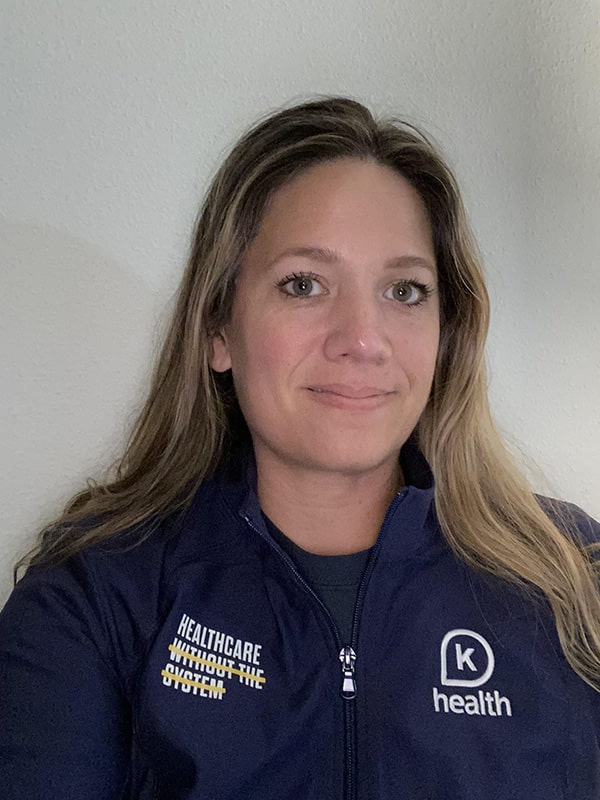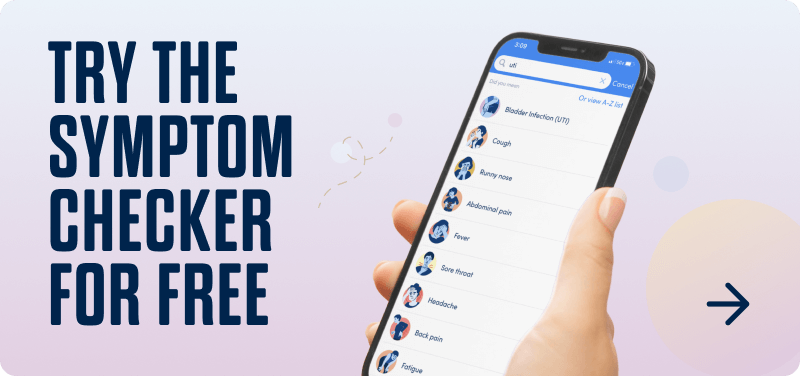Although Celexa and Zoloft may both be prescribed to treat depression, there are some key differences between the two drugs.
While Celexa and Zoloft are both SSRIs and work to balance the amount of serotonin available to the brain, they have other major differences.
This article will discuss how they are similar, common uses, precautions, and how your doctor might decide which one is better for you.
What is Celexa?
Celexa is a brand name of citalopram, an FDA-approved antidepressant.
It is a selective serotonin reuptake inhibitor (SSRI).
Celexa uses
Celexa is approved by the Food and Drug Administration (FDA) for the treatment of depression.
It is also used off-label for other purposes, at your doctor’s discretion, which may include:
- Obsessive-compulsive disorder (OCD)
- Panic disorder
- Social anxiety disorder (SAD)
- Separation anxiety disorder
- Premenstrual dysphoric disorder (PMDD)
- Binge eating disorder
- Post-traumatic stress disorder (PTSD)
How Celexa works
Celexa and other SSRIs work to support balanced neurotransmitter levels in the brain.
Neurotransmitters are chemicals in the brain that send messages.
In some people, neurotransmitters like serotonin are cleared too quickly.
Without enough serotonin, the brain may not function properly.
Since serotonin is associated with balance, calm, and a regulated mood, not having enough serotonin can be a trigger of depression, anxiety, or other mood disorders.
Celexa prevents your central nervous system (CNS) from clearing serotonin too quickly, increasing your brain’s access to this balancing neurotransmitter.
It is highly selective when it comes to serotonin, and has very little impact on other neurotransmitters like dopamine and norepinephrine.
What is Zoloft?
Zoloft (sertraline HCl) is an FDA-approved medication used for treating depression and other mood disorders.
Like Celexa, it is an SSRI.
Zoloft uses
Zoloft is approved for the treatment of several conditions, including:
- Major depressive disorder (MDD)
- Obsessive-compulsive disorder (OCD)
- Panic disorder
- Post-traumatic stress disorder (PTSD)
- Social anxiety disorder
- Premenstrual dysphoric disorder (PMDD)
How Zoloft works
Zoloft works to block the clearance of serotonin from the brain, increasing the amount that your brain has access to.
Since serotonin is a mood-stabilizing neurotransmitter, this can help to decrease symptoms of depression and other mood disorders.
How Are They Similar?
Zoloft and Celexa have many similarities.
Both:
- Are SSRI antidepressants
- Increase the brain’s access to serotonin
- Have similar side effects
- Are taken once daily
- Are FDA-approved to treat depression
- Are available in tablet or liquid forms
Drug class
Zoloft and Celexa are selective serotonin reuptake inhibitors (SSRIs), which work to prevent the clearance of serotonin too quickly from the brain.
They do not affect the other neurotransmitters.
Effectiveness at treating depression
Both Celexa and Zoloft are effective at treating depression.
How they work depends partially on a person’s genetic profile and other health conditions.
In a 6-week placebo-controlled trial, Celexa was found to be effective at improving symptoms of depression in doses of 40 or 60 mg.
In a longer-term study, patients who received Celexa for six months compared to patients who received placebo had lower relapse rates and overall steadier moods.
A review of 59 studies found that Zoloft tends to be favored in comparison to multiple other antidepressants.
Zoloft, paired with psychotherapy, was found to improve all participants in a study of postpartum depression.
It also has a less pronounced effect on how the body metabolizes other drugs and may cause fewer side effects, and as a result, is considered a first-line treatment choice for depression.
How Are They Different?
While Zoloft and Celexa are both in the same drug class, they are not the same and are not used interchangeably.
Conditions treated
Celexa is only FDA-approved for the treatment of depression, while Zoloft is FDA-approved for major depressive disorder, obsessive-compulsive disorder, panic disorder, post-traumatic stress disorder, premenstrual dysphoric disorder, and social anxiety disorder.
Both may be used off-label for other purposes at the discretion of your doctor.
Off-label uses of Celexa may include:
- Obsessive-compulsive disorder (OCD)
- Panic disorder
- Generalized anxiety disorder (GAD)
- Social anxiety disorder (SAD)
- Separation anxiety disorder
- Premenstrual dysphoric disorder (PMDD)
- Binge eating disorder
- Post-traumatic stress disorder (PTSD)
Off-label uses of Zoloft may include:
- Binge eating disorder
- Body dysmorphic disorder
- Bulimia nervosa
- Generalized anxiety disorder (GAD)
- Premature ejaculation
Standard dosage
Celexa and Zoloft have different dosages.
- Celexa: 10-60 mg per day in adults
- Zoloft: 50-200 mg per day in adults
Potential side effects
Zoloft and Celexa have similar side effects.
Common side effects of Celexa may include:
Some side effects of Celexa only occur with higher doses, such as:
Side effects of Zoloft may include:
- Fainting
- Lightheadedness or dizziness
- Diarrhea
- Nausea
- Sweating
- Dry mouth
- Confusion or hallucinations
- Tremor
- Disorder of ejaculation
- Fatigue
- Female sexual dysfunction
Celexa Precautions
All antidepressants, including Celexa, come with black box warnings because they have the potential to increase the risk for suicidal ideation or suicide in some people.
If you or someone you love is taking Celexa or any other antidepressant, watch for the following warning signs:
- Agitation, aggression, or hostility
- Increased or worsening anxiety
- Panic attacks
- Irritability
- Insomnia
- Impulsiveness
- Unusual changes in behavior
- Suicidal thoughts or discussion
- Restlessness
- Manic behavior
Report these or other symptoms of concern to healthcare providers immediately.
Do not discontinue Celexa without talking to your doctor.
Celexa should be tapered to wean you off slowly.
This will prevent side effects and decrease the risk of a serious relapse.
Celexa is contraindicated for some people who take other medications or have certain health conditions.
If any of the following apply to you, make sure that your doctor knows:
- Takes monoamine oxidase inhibitors (MAOIs)
- Takes pimozide
- Is 60 or older
- Have liver problems
- Have a bleeding disorder or take anticoagulants
Zoloft Precautions
Zoloft precautions include the same black box warning as Celexa and other antidepressants.
Warning signs like the following need to be reported to a healthcare provider:
- Agitation, aggression, or hostility
- Increased or worsening anxiety
- Panic attacks
- Irritability
- Insomnia
- Impulsiveness
- Unusual changes in behavior
- Suicidal thoughts or discussion
- Restlessness
- Manic behavior
Do not stop taking Zoloft suddenly.
If you need to stop taking it, your doctor will taper your medication to help avoid side effects.
Zoloft is contraindicated for people with certain health conditions or who take specific medications. If any of the following are applicable to you, Zoloft may not be appropriate:
- Takes MAOIs or has within the past 14 days
- Takes pimozide
- Is sensitive to sertraline or any ingredients in Zoloft
- Takes disulfiram (for liquid Zoloft only)
When to See a Doctor for Depression
If you are experiencing symptoms of depression or feel like you are struggling to function with a low mood, speak to your doctor.
There are many different treatment options available, both prescription and non-medication.
You should not feel alone in your struggle and many times an outside perspective from a healthcare provider can help you understand what may be normal and what requires treatment.
How K Health Can Help
Think you might need a prescription for Celexa (citalopram) or a prescription for Zoloft (sertraline)?
K Health has clinicians standing by 24/7 to evaluate your symptoms and determine which prescription is right for you.
Get started with our free assessment, which will tell you in minutes if treatment could be a good fit. If yes, we’ll connect you right to a clinician who can prescribe medication and have it shipped right to your door.
Frequently Asked Questions
K Health has strict sourcing guidelines and relies on peer-reviewed studies, academic research institutions, and medical associations. We avoid using tertiary references.
-
Sertraline. (2022).
https://medlineplus.gov/druginfo/meds/a697048.html -
Citalopram. (2022).
https://medlineplus.gov/druginfo/meds/a699001.html -
Citalopram. (2021).
https://www.ncbi.nlm.nih.gov/books/NBK482222/ -
Celexa (citalopram hydrobromide). (2012).
https://www.accessdata.fda.gov/drugsatfda_docs/label/2012/020822s042,021046s019lbl.pdf -
Sertraline. (2021).
https://www.ncbi.nlm.nih.gov/books/NBK547689/ -
Sertraline versus other antidepressive agents for depression. (2010).
https://www.ncbi.nlm.nih.gov/pmc/articles/PMC4163971/ -
A placebo controlled treatment trial of sertraline and interpersonal psychotherapy for postpartum depression. (2019).
https://pubmed.ncbi.nlm.nih.gov/30447565/ -
Review of sertraline and its clinical applications in psychiatric disorders. (2001).
https://pubmed.ncbi.nlm.nih.gov/11336629/ -
Zoloft (sertraline hydrochloride). (2016).
https://www.accessdata.fda.gov/drugsatfda_docs/label/2016/019839S74S86S87_20990S35S44S45lbl.pdf -
A comparative review of escitalopram, paroxetine, and sertraline: are they all alike? (2014).
https://www.ncbi.nlm.nih.gov/pmc/articles/PMC4047306/

 Medically reviewed
Medically reviewed

